Things to Remember When Shooting With a Telephoto Lens
It’s difficult to not fall completely in love with telephoto lenses whether you are photographing nature, landscapes, wildlife, or portraits. Having a telephoto lens places you in the middle of the scene and action from a distance, without moving you too close to your subject. Here are a few helpful things to remember when using a telephoto lens in the field.
Image Stabilization and Keeping Your Camera Steady
In many telephoto situations, there’s no way to get a shutter speed fast enough to hand-hold the lens. Even when there are ideal conditions, shooting at 600-800mm (or longer) means there is likely no way to get a crisp, clear image while hand-holding your camera. As you zoom in with your lens, you are magnifying the subject and the effect that camera shake has on the image. A sharp image may even be difficult with a 300-400mm length even if the light works in your favor.
To fix this, it’s a good idea to use a sturdy tripod or monopod whenever possible. When not available or feasible due to the situation, try using anything that will stabilize you and/or your camera. This may mean leaning on a branch or setting your camera on a rock, beanbag, your leg, etc so that there is as little movement as possible when you focus and snap your photo. I also highly recommend using a shutter release in combination with a tripod, which allows for even more stabilization with your camera and lens. Using your fingers to press the shutter button can sometimes cause slight movement that the sensors will pick up.
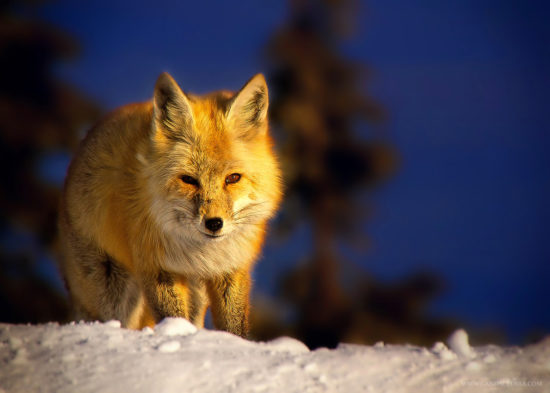
Another thing to keep in mind regarding image stabilization is that most cameras have a mirror lockup feature that lifts the mirror, waits a half second or so for the vibration to die down, and then takes the picture. The advantage is that you are able to control vibration in the camera so that camera shake does not negatively impact the photo.
Using the Correct Shutter Speed
The general rule is that tack-sharp telephoto images (especially those that are hand-held) require fast shutter speeds. A faster shutter speed takes the picture extremely quickly… so quickly that all action appears completely frozen in time. The shutter opens and closes before vibration or camera movement can blur the image. This is exceptionally important when shooting wildlife images. So, how fast does the shutter speed need to be? A typical formula is: 1/focal length. For a full frame camera with a 300mm lens, you need a shutter speed of 1/300 second to get a sharp image that is hand-held.
However, faster shutter speeds can be difficult to get when ideal sunlight isn’t present. So, what can be done when shooting either at dusk or under cloudy skies? The key here is to shoot at the highest adequate ISO. As an example, an ISO of 800 is a good starting point on almost every newer full-frame SLR. Many can even handle ISO 1600 without much added noise or loss of image quality. If you envision yourself taking a lot of telephoto images, note that newer full-frame SLRs can often handle much higher ISOs without a decrease in image quality.
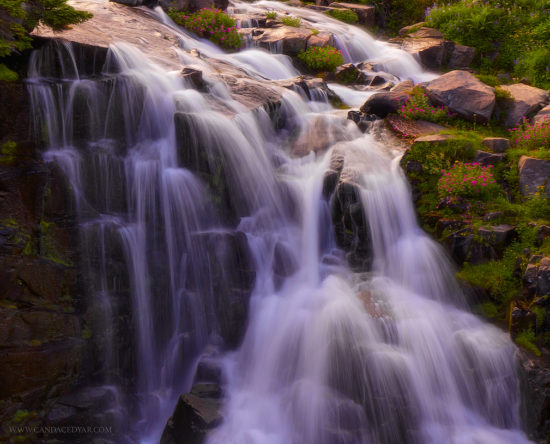
Composing The Scene and Isolating your Subject
When you’re out shooting landscapes and you come across an interesting scene, think of the elements that make it compelling and try to isolate them. Distinguishing your subject in the frame allows for a sharper, closer, and more striking image. Likewise, think of the elements that do not add or contribute to the scene. Are they more of a distraction? What’s the best to eliminate these elements from your composition? Eliminating unwanted elements is the greatest advantage of using a telephoto lens over a wide-angle lens… and it enables you to create a more powerful image.
For example… consider the image of the waterfall above. In the original shot, there was a smaller portion of the falls (surrounded by wildflowers) trickling down on the right side. The composition was uneven and the smaller portion of the falls and its foliage distracted from the main portion of the falls as well a other more interesting elements. Zooming in tighter and cropping out the extra portion of the falls created an image that is more attractive to the eye.
I hope that these tips are helpful when considering taking images with a telephoto lens. Please feel free to leave any questions or comments below.

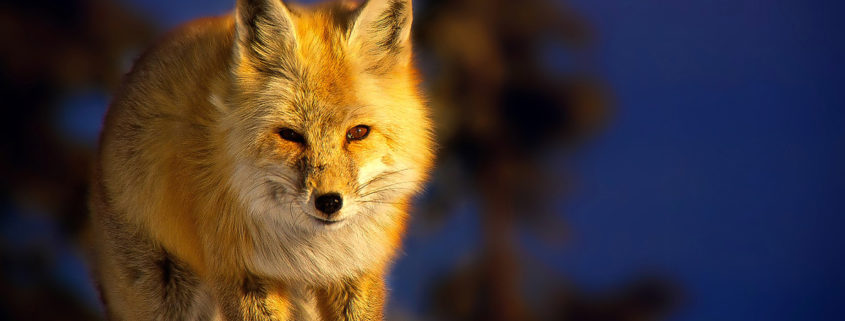
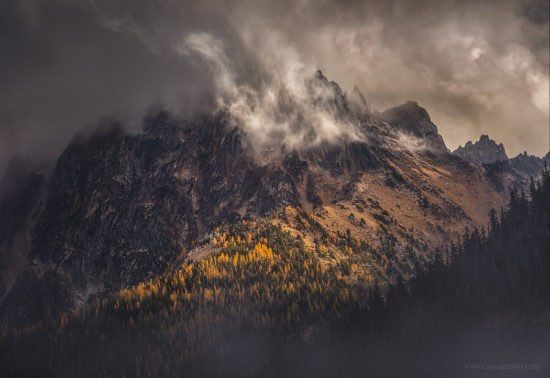
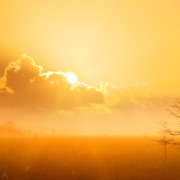

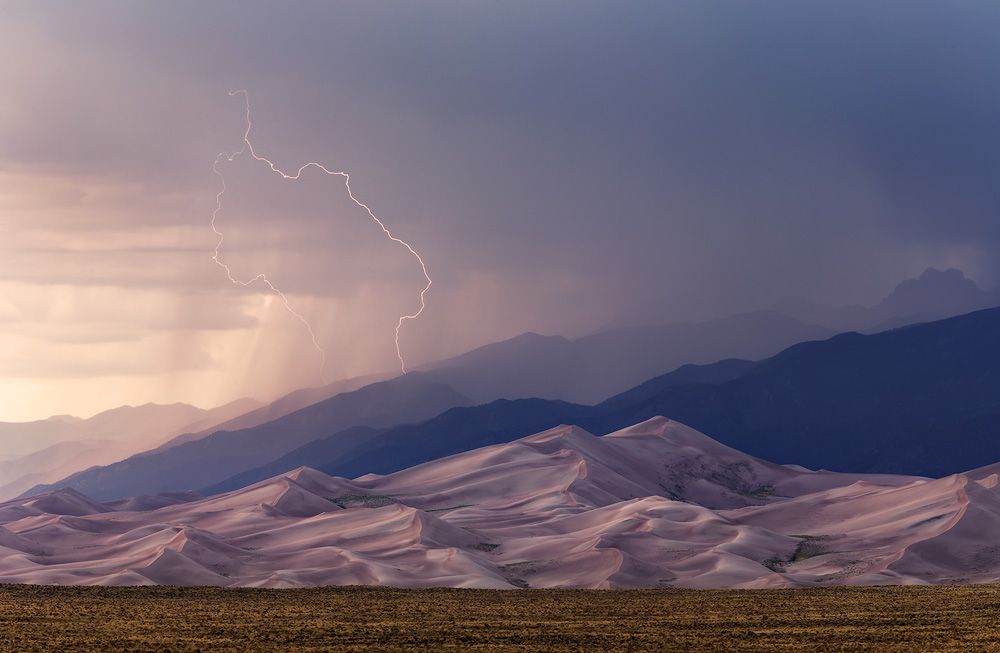



Hi there – Thanks for the comment. This is why I stated “likely” in the article. Yes, obviously it does not apply to everyone or for all scenarios. Of course, if you have very steady hands and use a faster shutter speed in the right conditions, you can take an image at 600-800mm that looks sharp. I also mention above ” The general rule is that tack-sharp telephoto images (especially those that are hand-held) require fast shutter speeds.” But, It can also depend on the subject, light level, etc….many variations come into play. In other words, I’m highly suggesting here to have a tripod handy and with you if at all possible, because you will generally get a sharper image with one. This isn’t just the case for telephoto images, but for wide-angle landscape images as well. Does it apply to every person and every situation though? Of course not. I hope that makes sense.
Um, this isn’t a horrible article, but I BIG TIME disagree with this statement.
“Even when there are ideal conditions, shooting at 600-800mm (or longer) means there is likely no way to get a crisp, clear image while hand-holding your camera.”
This could not be further from the truth.
Please if you are just getting into photography, don’t listen to this statement. Yes, you can get crisp clear images, just make sure your shutter speed is up over 1/1000 a second. Ideally 1/1250, 1/1600, or 1/2000. I can shoot like this from a boat with no issues with or without image stabilization.